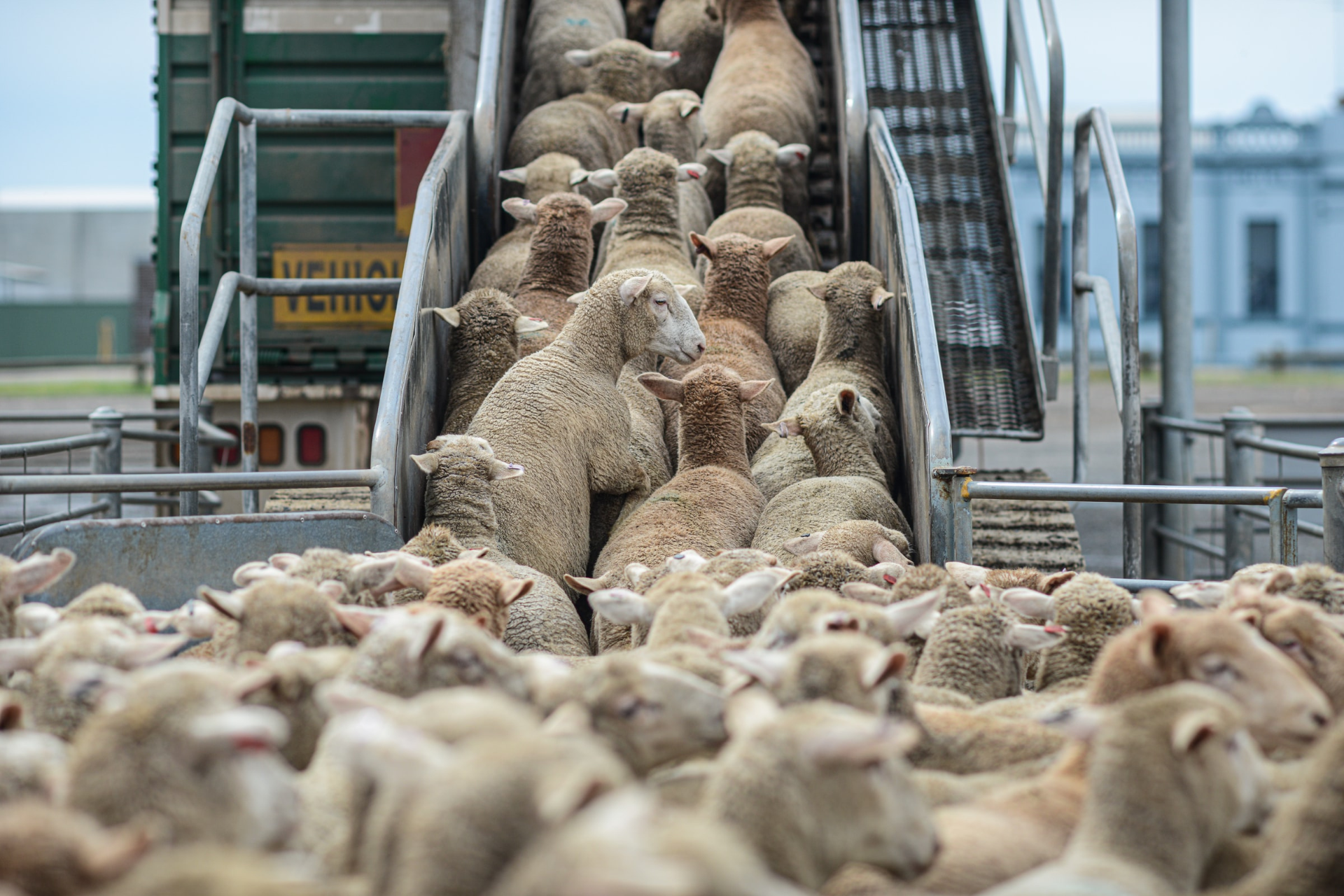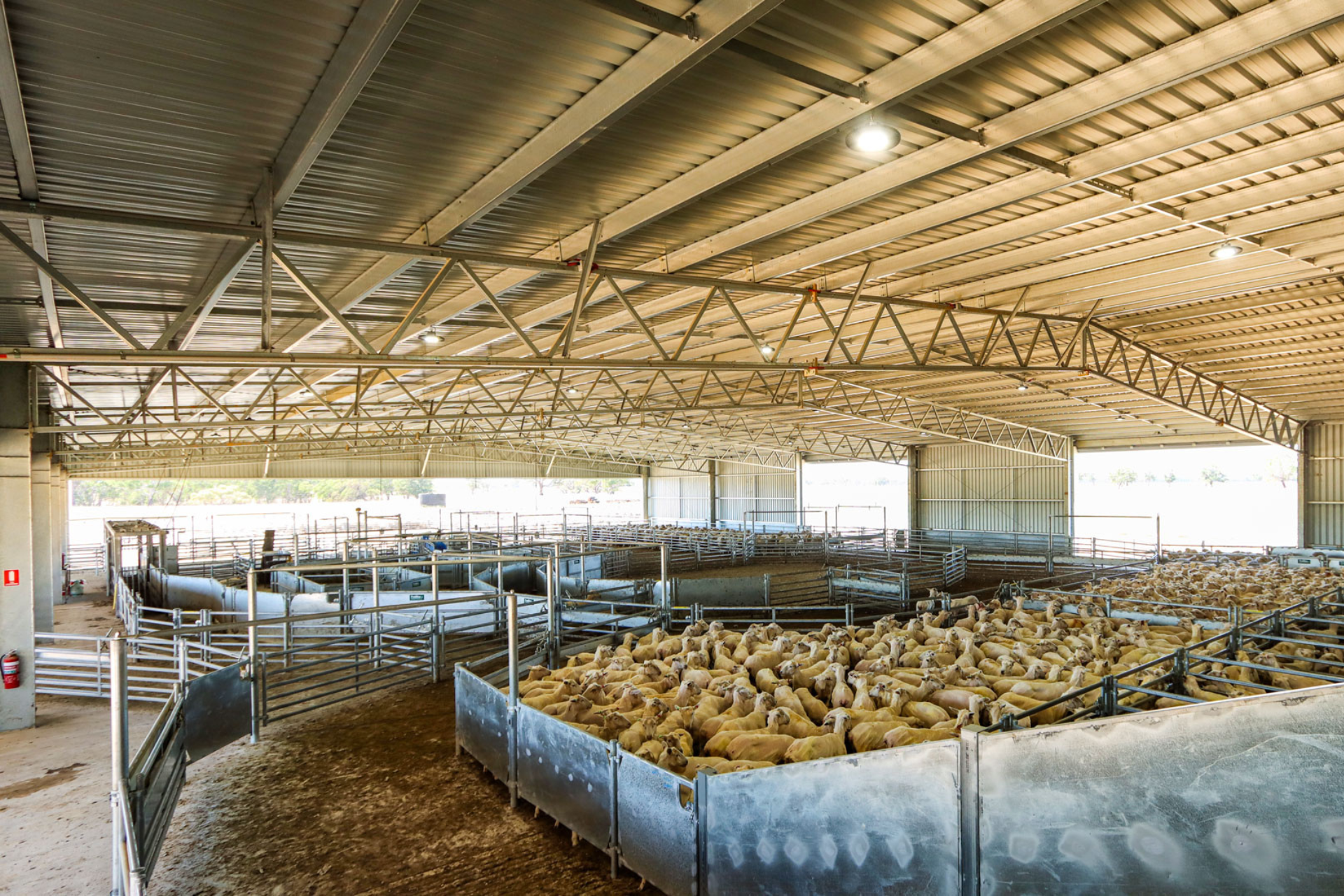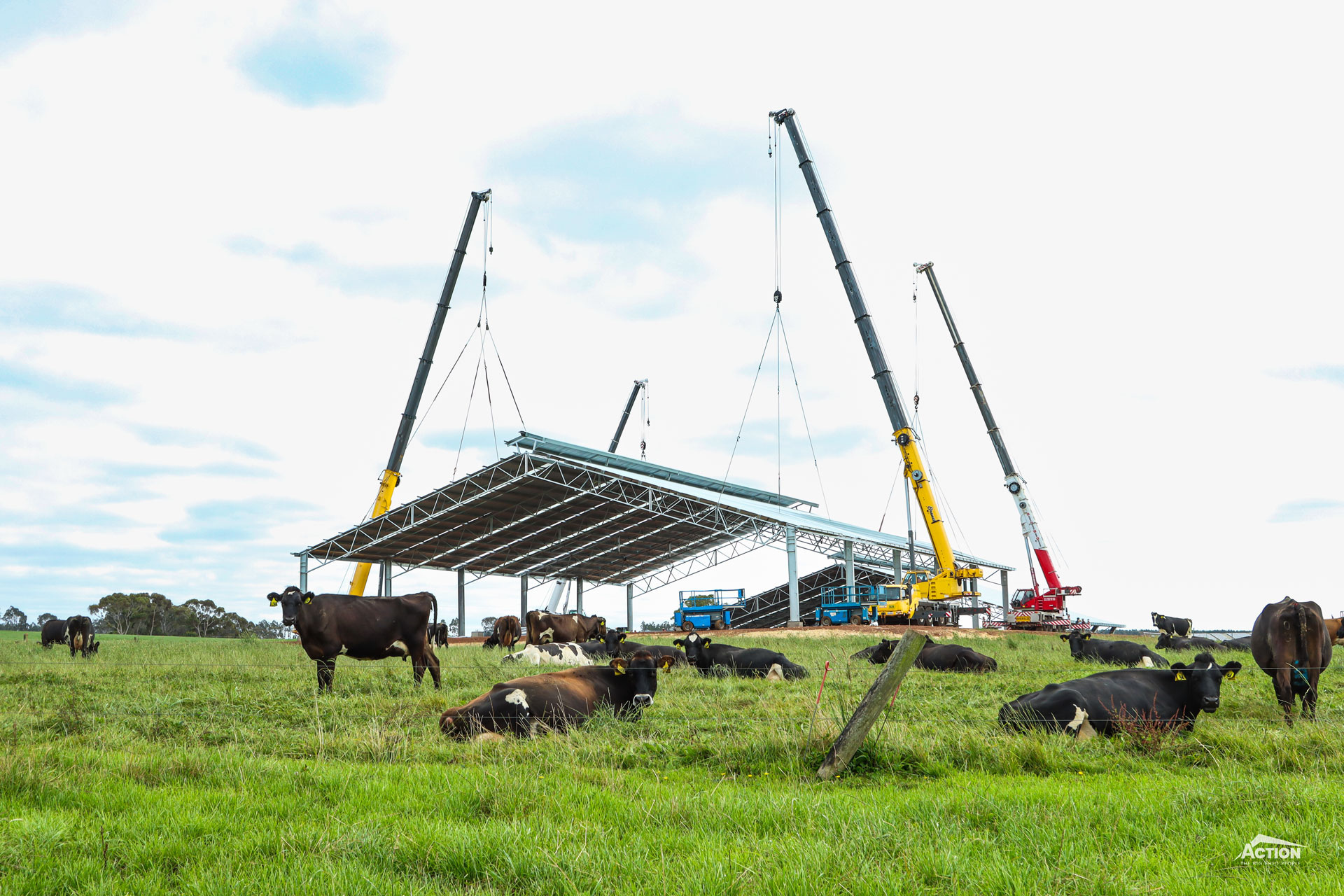This article is a back-to-basics guide on EID tags – What are EID tags? What do they do? How much do they cost? Should I use them?
If you’re like most livestock producers, you probably have several questions or opinions about EID and its role in the livestock industry.
With recent biosecurity concerns like Foot and Mouth Disease (FMD) reigniting the discussion and debate around implementing a national electronic identification system for the sheep industry, we thought it would be timely to answer some of the most frequently asked questions about EID tags. We also discuss the benefits of using EID tags, and how they can help you with biosecurity and animal management on your farm.
So, if you’re keen to learn more, keep reading!
What Does EID Stand For?
EID is the acronym for ‘electronic identification’ and is less commonly referred to as RFID which stands for ‘radio-frequency identification.’
What Are EID Tags?
EID tags are electronic identification devices that are placed on livestock such as sheep, cattle and goats. The tags have a unique number that is linked to the individual animal, and it stores and transmits data related to that animal.
What Are EID Tags Used For?
EID tags have been used for a variety of purposes in the livestock industry, after being introduced in the early 2000s. The main purpose of these tags is to provide each animal with a unique identifier so that they can be tracked throughout their lifetime. This identification and tracking can be used in lots of different ways, including:
- Conducting stocktake
- Identifying poor performers
- Individual animal management
- Ram selection and allocation
- Recording pregnancy status
- Recording treatments
- Selecting stock for improved current and future production
- Tracking animals for disease control and prevention
- Tracking specific bloodlines
- Verifying information about an animal when marketing and selling livestock
How Do EID Tags Work?
EID tags contain a microchip with a unique number that is linked to an individual animal and stores important information about the animal’s identity, ranging from birth date and genetics to treatment records.
The EID tag is inserted into the animal’s ear and generally remains there until the animal is processed for slaughter.
The EID number can be read by an electronic reader that will display the number along with any other information that has been programmed into the tag.
What Information Is Stored On An EID Tag?
According to Agriculture Victoria, “with an EID system using electronic NLIS (sheep) tags you can record anything that can be measured objectively or subjectively. But there are four key points to help you decide what to record for your sheep enterprise:
- Only record data that will add value to the enterprise.
- Always keep data collection tasks as simple as possible.
- There is no point in collecting data unless you will actually use it.
- The more data you collect, the harder it is to manage.”
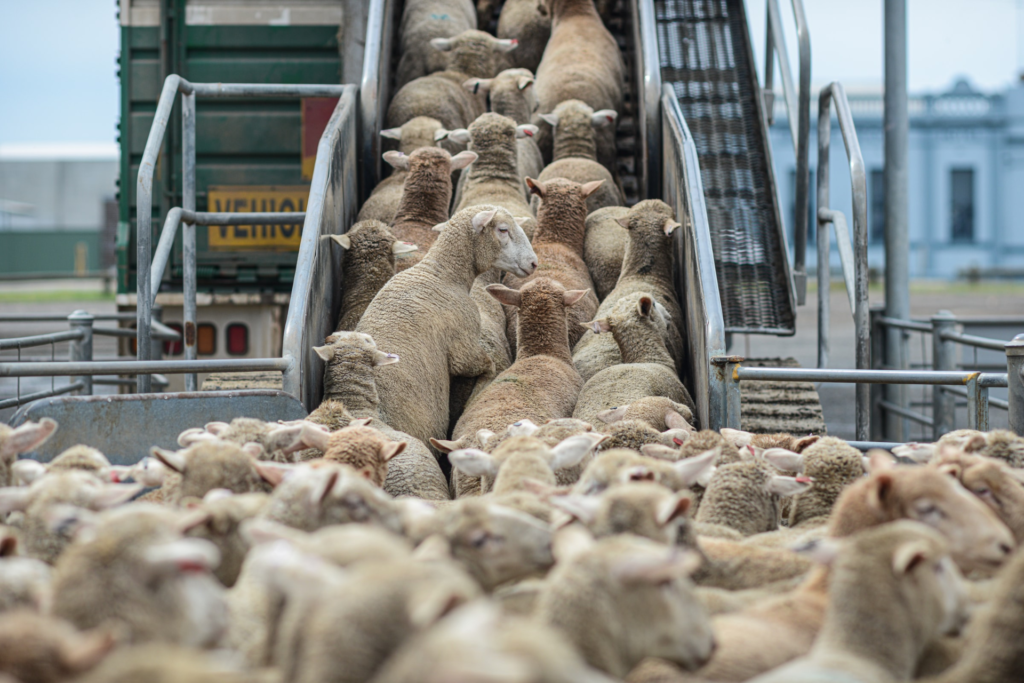
Should You Use EID Tags?
There are a number of really good reasons to consider using EID tags for your livestock.
Some reasons why it is a good idea to use them, even if they are not mandatory, are improved biosecurity through easier tracking of animals and being able to make informed livestock management decisions backed by data e.g., segmenting merino lambs into meat or wool groups based on fibre diameter and body weight.
So, EID tags can be an advantage to your livestock enterprise and the broader livestock industry. But are you required to use them?
Are EID Tags A Requirement? Are They Mandatory?
EID tag requirements differ from state to state, and it is important to be aware of whether you are required to use EID tags.
Under the National Livestock Identification System (NLIS), EID is mandatory for all Australian cattle.
Victoria is currently the only state to have introduced and implemented compulsory EID for sheep and goats:
However, from 1 January 2025, electronic identification tags for sheep and goats will be mandatory Australia-wide:
Advantages & Disadvantages
Like most things, there are both advantages and disadvantage when it comes to EID Tags.
One advantage of EID tags is the improved security and accessibility of your livestock records. It is a lot easier to keep track of your livestock records when the information is stored electronically and is quickly and readily available, compared to hard copy records. EID tags are also typically a lot more accurate (and informative!) means of identification than some traditional methods of identification. This record keeping is advantageous for managing, selling and buying livestock – such as allowing you to make better informed buying decisions when purchasing livestock.
We have also made several references throughout this article to EID tags helping to improve and strengthen biosecurity – but exactly how can they help biosecurity?
EID tags could play a role in strengthening national biosecurity by allowing authorities, for example in the case of an FMD outbreak, to quickly identify and track animals that have been exposed to diseases. This allows authorities to act swiftly to contain the outbreak, prevent further spread and limit the impact the disease has on the livestock industry – including the export meat trade.
That is a brief overview of some of the main advantages EID tags and a national EID system would provide. These articles from Agriculture Victoria give a more detailed insight into the benefits of EID for cattle and sheep:
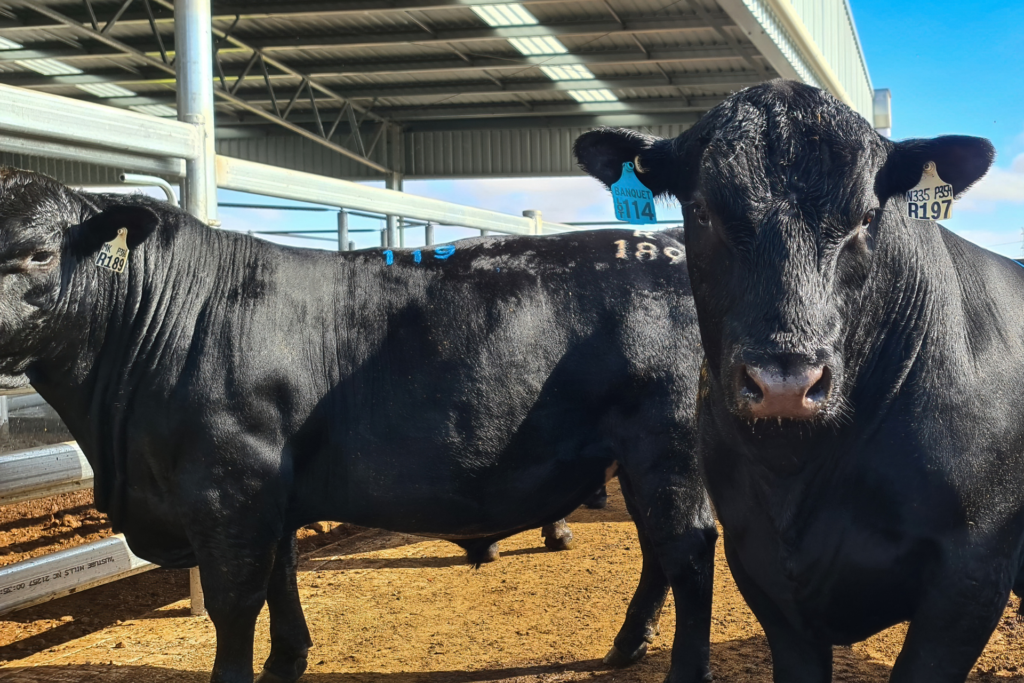
The main disadvantage of EID tags for the sheep industry is the time, money and resources that would be required to implement a national electronic livestock identification system for it work efficiently and effectively. However, in the case of strengthening biosecurity and avoiding a devastating disease outbreak, this could be money very well spent – for example, consider that a report by the ABARES in 2013 estimated a FMD outbreak would cost around $50 billion over 10 years! In this case the long-term benefits of a national system (like protecting and maintaining our reputation in the meat trade) would outweigh any short-term cost and inconvenience.
How Much Do EID Tags Cost?
EID tags, like these Shearwell sheep tags, can cost around $1.00 – $1.50 more than a visual tag, but this does vary between brands.
According to this article, “EID sheep tags are selling for more than $2 each, while conventional tags used in mob-based tracing are retailing for as cheap as 26 cents a tag.”
Useful Resources
We hope this back-to-basics guide on EID tags has been informative! Here are some other articles which you might find helpful.
The Best EID Tag Readers for Cattle or Sheep Enterprises by AgriWebb
Choosing an EID Tag Reader & Software by Agriculture Victoria
Or, for more articles like this, check out our Learning Hub, which also includes the latest videos and farm shed brochures.

